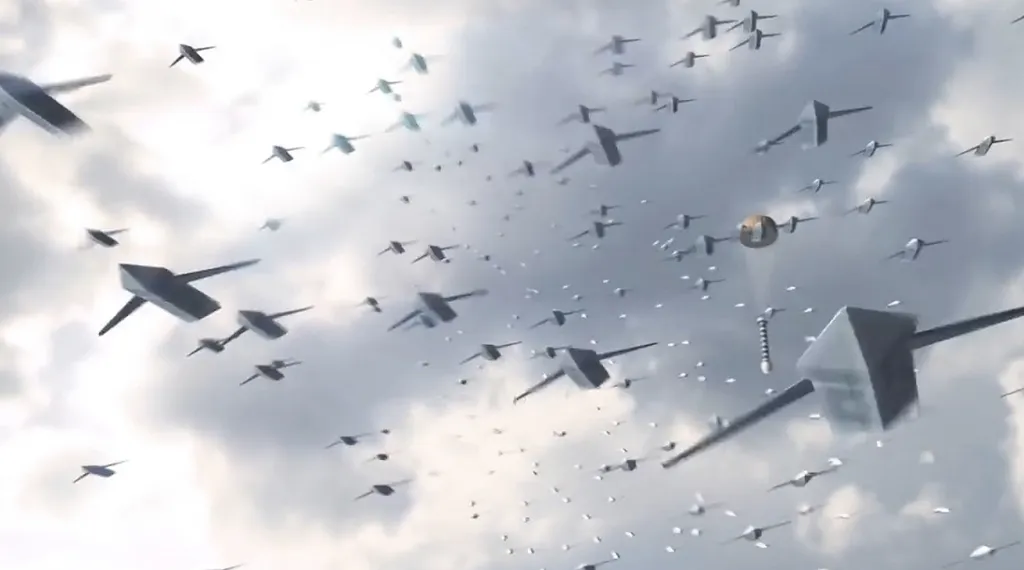Researchers Takuma Adams and Timothy McLennan-Smith, affiliated with the University of Glasgow, have developed a groundbreaking game-theoretic framework to study command and control (C2) structures in autonomous multi-agent swarming scenarios. Their work, published in a recent defence technology journal, addresses a critical gap in understanding how to effectively manage and deploy swarms of autonomous systems in military operations.
The researchers highlight the growing threat posed by intelligent multi-agent systems, particularly in the context of the Russo-Ukrainian war, where autonomous aerial vehicles and surface vessels have been used both individually and in swarms to deliver significant tactical effects. While existing literature focuses on tactical-level communications and interactions between agents, Adams and McLennan-Smith argue that there is a need for a deeper exploration of high-level C2 structures that will underpin future autonomous multi-agent military operations.
To address this gap, the researchers propose a quantitative game-theoretic framework designed to evaluate effective C2 structures in both cooperative and competitive multi-agent swarming scenarios. This framework allows for the rapid testing and interrogation of different C2 configurations, enabling military strategists to explore how C2 can act as a force multiplier, even when at a numerical disadvantage.
The researchers constructed a virtual environment where two adversarial swarms compete to achieve outcomes comparable to real-world scenarios. This environment serves as a testing ground for various C2 configurations, providing valuable insights into the dynamics of swarm warfare. By simulating these scenarios, Adams and McLennan-Smith can assess the effectiveness of different C2 strategies and identify those that offer the greatest tactical advantage.
One of the key contributions of this research is the ability to model and analyze the decision-making processes of autonomous agents within a swarm. The game-theoretic approach allows for the quantification of outcomes based on different C2 structures, providing a robust methodology for evaluating the potential impact of these structures in real-world military operations.
The practical applications of this research are significant. As autonomous systems become increasingly prevalent in military operations, the ability to effectively command and control swarms of these systems will be crucial. The framework developed by Adams and McLennan-Smith offers a powerful tool for military planners and strategists to optimize C2 structures, ensuring that autonomous swarms can be deployed effectively and efficiently.
Moreover, the research underscores the importance of understanding the dynamics of swarm warfare in both cooperative and competitive contexts. By exploring how different C2 structures perform under various conditions, the researchers provide valuable insights into the strategic and tactical implications of autonomous swarm deployment.
In conclusion, the work of Adams and McLennan-Smith represents a significant advancement in the field of autonomous multi-agent systems and their application in military operations. Their game-theoretic framework offers a novel approach to evaluating C2 structures, providing a robust methodology for optimizing the deployment of autonomous swarms. As the defence sector continues to evolve, this research will play a crucial role in shaping the future of military technology and strategy. Read more at arXiv.

